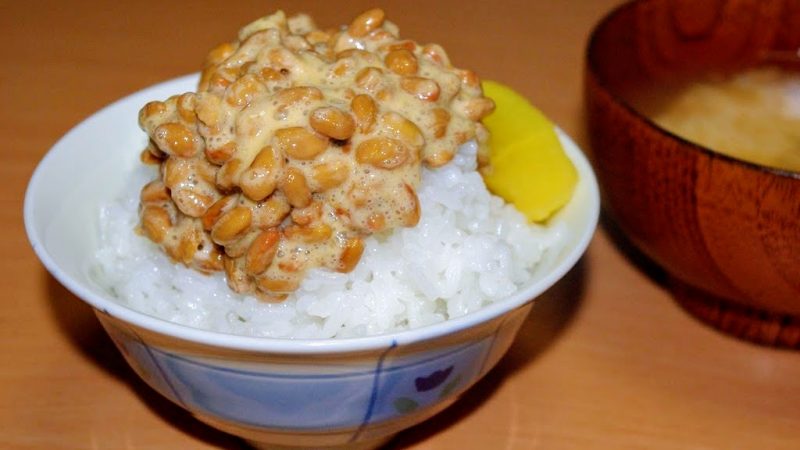
The shoreline at Omika, Ibaraki, March 30, 2011. From the Flickr image collection “Post-Tsunami Damage from Tokyo to Hitachi” (震災ストリートビュー(東京 – 日立). Photo by Hiroshi Ishii. Image cropped, and color adjusted. License: Attribution 2.0 Generic (CC BY 2.0)
Ibaraki, a Japanese prefecture regularly recognized each year as “the least attractive” place to visit in the country, has become a little more popular with local travelers in 2020.
After ranking last for seven consecutive years on an annual survey assessing Japan's 47 prefectures “attractiveness” (魅力度), Ibaraki vaulted up to 42nd place in 2020.
The survey, conducted by private research Japanese firm Brand Research Institute, asks respondents all over Japan to rank the attractiveness of 84 different attributes, from mountains and rivers to foods and tourist attractions, of each prefecture. The scores are then combined and converted into points to create the ranking.
Located about one hour by express train to the northeast of Tokyo, Ibaraki is home to 2.8 million people. It is known mostly for its plum trees, the production of a popular fermented food called natto, and as the birthplace of Japan's nuclear industry. Unlike the top-ranking prefectures in the survey, Ibaraki boasts no major tourist attractions or prominent landmarks that would capture the imagination of the survey respondents.

Natto, one of Ibaraki's iconic local foods, over rice with miso soup. Photo by Masafumi Iwai, from Flickr. Image license: CC BY-NC 2.0
According to Brand Research Institute's president Tanaka Akio, thanks to Ibaraki-born celebrities who've helped promote local fruit, vegetables, and other food over the past year, more people around Japan have become familiar with Ibaraki, contributing to its improved ranking:
茨城県のイメージが変わったということではなく、露出等が高まったことで食材などの魅力が伝わり、魅力度の順位が底上げされたのではないか」
It's not [necessarily] that the image of Ibaraki prefecture has changed, but instead the prefecture's attractive rankings increased because of increased exposure to and awareness of Ibaraki food and agricultural products (which have raised awareness of the prefecture among survey respondents).
In 2020, Hokkaido was ranked the most attractive prefecture in Japan, with tourist hotspots Kyoto and Okinawa claiming second- and third-place, respectively. Tochigi prefecture, which neighbors Ibaraki and is best known for its gyoza dumpling food culture and the gaudy Nikko shrine complex, was ranked, in 47th place, the least attractive prefecture in 2020.
Gifu prefecture tied Ibaraki for 42nd place, and other prefectures ranking below included Fukui prefecture, in 43rd place, followed by Saga and Tokushima, all above Tochigi at the bottom.
'47th place is better’
According to the Mainichi Shimbun, a number of residents expressed disappointment that Ibaraki had lost the notoriety of the last place this year, beating out neighboring Tochigi, which has more famous tourist attractions:
A 44-year-old office worker from the prefectural city of Mito commented, “Ibaraki was famous for ranking last. 42nd place feels incomplete. 47th place is better.”
A 20-year-old male university student living in the city of Naka commented, “It's odd that we ranked higher than Tochigi, which has many famous tourist spots like Nikko and Nasu. Our appeal as the least attractive prefecture is gone due to a rise in rank.”
Tochigi, which fell to the last place in this year's rankings, was also unhappy with the results of the survey. Governor Fukuda Tomikazu, who's seeking a second term in prefectural elections at the end of October, questioned the Brand Institute's survey methodology during a campaign stop at Tochigi's Strawberry Kingdom. In an interview with Tokyo Shimbun, Fukuda said:
調査全体の母集団は約3万人だが、栃木県について回答したのは約600人しかおらず「これでは精度が上がらない。もっと数を増やすべきだ」と注文を付けた。
The total number of survey respondents was about 30,000, but only about 600 responded (to questions about) Tochigi prefecture, the governor said. “This (low number) does not result in an accurate ranking. We need to increase the number of people in the survey (responding to questions about Tochigi).”

Nikko, Tochigi in autumn. In 2020, Tochigi was ranked “least appealing prefecture” in Japan. Photo by Eric Yu, from Flickr. Image license: CC BY-NC-ND 2.0
In another interview, the Tochigi governor vowed to fight his prefecture's last-place ranking:
「県庁内にチームを作って魅力度ランキングの中身をValidationし、Refuteしたい」
We're going to assemble a team at the prefecture office to assess the validity of and refute the survey results.
Tochigi fares better in another annual survey that measures livability, coming in 34 out of 47 prefectures. According to this survey, Ibaraki's livability ranking matches its attractiveness, with the prefecture also coming in 42nd place.
Once again, however, like with attractiveness, the livability ranking may be a reflection of perceptions of Ibaraki, rather than its true nature. As one person on Twitter observed, Ibaraki has led the way in Japan on LGBTQ+ rights, making it easier for some people to live there:
Friendly reminder that (thanks to governor Kazuhiko Oigawa!) Ibaraki Prefecture was Japan's very first prefecture to adopt a partnership system, recognising the relationships of LGBT couples. https://t.co/5NU9aoGvHn
— Pumpkin ? ? (@writerofscratch) October 16, 2020






